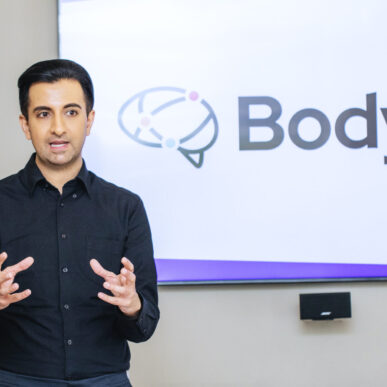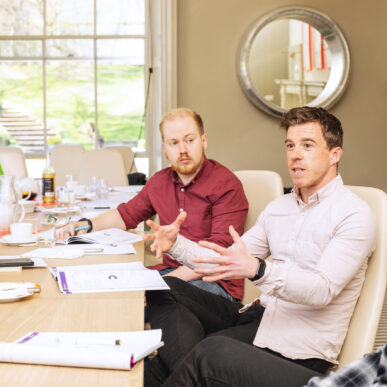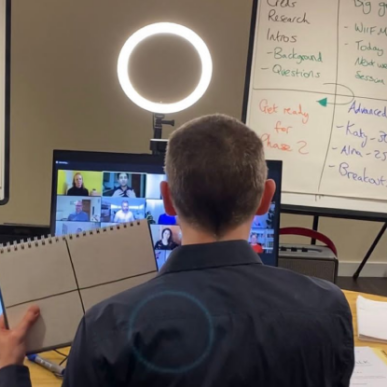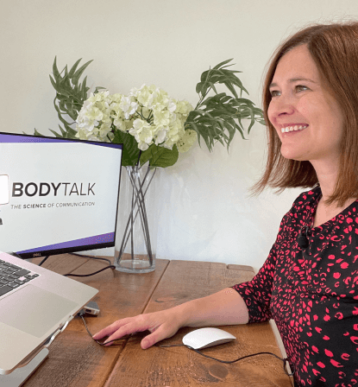“Difficult conversations are necessary for working together and are actually good for business”
Office Conflict – What To Do When You Disagree
It’s no secret that communication is key to a successful work environment. After all, how can you collaborate effectively or resolve conflict if you’re not able to communicate openly and honestly?
Not all of us are natural-born communicators. Some of us may even shy away from difficult conversations, preferring to avoid conflict altogether.
The truth is, difficult conversations are necessary for working together and are actually good for business. Why? Because conflict forces people to communicate with each other and helps to build better relationships and understanding between employees. Second, conflict can lead to new and innovative solutions to problems. When people are forced to think creatively about how to resolve a dispute, they may come up with ideas that they never would have thought of before. Conflict can also help to build a sense of teamwork and cooperation. When people work together to resolve a dispute, they may feel more connected to their coworkers and be more likely to cooperate in the future.
If you’re someone who feels uncomfortable with office conflict and avoids it at all costs, here are some tips to help:
Be empathic
To be clear, empathy is not about agreeing. What you’re trying to do is see the situation from the other person’s perspective and understand their feelings. People often say it’s about yourself in their shoes; I like to think you need to take your own shoes off first. Simply put, remove your biases and agenda before you try to see it their way. Showing empathy also stops the natural instinct to become defensive which can often inflate conflict.
Listen more than you speak
Stephen R Covey writes in 7 Habits of Highly Successful People, “listen with the intent to understand rather than the intent to reply”. This can be difficult, especially when you feel like you’re right and the other person is wrong. It requires a lot of patience and self-control, but it’s worth it. Listening with the intent to understand helps de-escalate the situation and makes the other person feel heard which can go a long way in resolving conflict.
Avoid making assumptions
One of the biggest communication pitfalls is making assumptions about what the other person is thinking or feeling. Not only is this likely to lead to misunderstandings, but it can also make the other person feel devalued and not listened to. Don’t be afraid to ask questions and dig deeper to understand what the real challenge is; keep the empathy going though so it doesn’t start to sound like an interrogation!
Be assertive
Being assertive means being able to state your needs and wants clearly and confidently without being aggressive. If you’re naturally a people-pleaser, this will feel awkward, it’s important to remember you have a right to your own opinion and feelings. When you’re assertive, you’re more likely to be respected and heard which can help to resolve conflict.
The Thomas-Killman model of conflict is a great framework to consider when looking at how assertive you are. It’s based on the work of Kenneth W. Thomas and Ralph H. Kilmann and looks at two options when choosing a course of action in a conflict situation: assertiveness and cooperativeness. Assertiveness is how much you care about satisfying your own needs. Cooperativeness is how much you care about satisfying the other person’s concerns. They defined five basic modes of dealing with conflict:
1. Avoiding
2. Accommodating
3. Competing
4. Collaborating
5. Compromising
Ideally, you’re aiming for collaboration as all of the others involve one person sacrificing their needs. However, depending on the situation, that may not be possible or realistic. It is a valuable tool for helping people understand their natural tendencies in conflict situations, as well as the strengths and weaknesses of each approach. You can take the Thomas-Killman Instrument test here.
Be aware of your body language
Your words are only part of the conversation – your body language speaks volumes, too. Be aware of how you’re holding yourself and what your facial expressions are conveying.
Are you open and approachable, or closed off and defensive? Are you making eye contact or looking away? Your body language should match the tone of the conversation – if you’re trying to have a constructive discussion, make sure your body language reflects that and you’re being congruent.
Avoid playing the blame game
Often in office conflict, it’s easy to get caught up in who did what and who’s at fault. This can be unproductive and make the other person feel defensive. Instead of looking for someone to blame, focus on solving the problem. Once you’ve identified what the real issue is, brainstorm some potential solutions and work together to find the best way forward.
Take a break if things get heated
If emotions are running high, it can be helpful to take a break. This doesn’t mean giving up on resolving the conflict – it just means taking some time to calm down the emotional brain before continuing the discussion. Once you’ve had a chance to cool off, you’ll be able to approach the situation with a more level head and are more likely to find a resolution.
The bottom line is that difficult conversations are vital for effective communication. If you want to get your point across and actually achieve something, you need to be prepared to have a real discussion. By following these tips, you can turn a difficult conversation into a productive one.
Get in touch to develop your conflict resolution skills
If you’d like to effectively handle questions, challenges and objections in a way that builds relationships, rapport and respect for your ideas and your team, please get in touch with us today.
The BodyTalk Podcast – How To Approach Conflict Resolution In Business from Body Talk on Vimeo.




















